Vietnam has written a success story in poverty reduction, widely recognized by the international community, according to UNDP Resident Representative in Vietnam Ramla Khalidi.
UNDP Resident Representative in Vietnam Ramla Khalidi
Speaking at the G20 Summit in Brazil last week, Prime Minister Pham Minh Chinh said that the poverty rate in Vietnam has decreased from over 58% in the early 1990s to about 1.9% in 2024.
According to the UNDP Representative: "This is a testament to the effectiveness of national poverty reduction target programs and the Government's determination to focus on implementing a people-centered economic growth model."
Recognizing that poverty is not limited to income, Vietnam has been a leader in ASEAN in applying multidimensional poverty measures, including factors such as access to health care, education, sanitation and clean water, Ms. Ramla Khalidi shared.
With the support of UNDP, Vietnam officially adopted the multidimensional approach (MDP) in 2015, an important shift in Vietnam's approach from an income-based model to a multidimensional approach.
According to research by UNDP and the Oxford Poverty and Human Development Initiative, Vietnam is one of 25 countries that have reduced their multidimensional poverty index (MPI) by 50%.
According to Ms. Ramla Khalidi, three main measures to promote poverty reduction in Vietnam include: (i) Increasing high-productivity employment; (ii) improving social services, such as health and education; (iii) expanding and improving the quality of the social protection system.
Despite significant progress in reducing multidimensional poverty, Vietnam still faces two major challenges, including the existence of deprived areas, especially in remote and mountainous areas, as well as among ethnic minority communities; a segment of households remain vulnerable to poverty.
Ramla Khalidi said Cyclone Yagi is an example of how extreme weather events and natural disasters can push people back into poverty, especially the near-poor and those living in mountainous, remote and isolated areas.
Typhoon Yagi also highlighted the importance of building climate-resilient infrastructure and strengthening social protection systems to prevent vulnerable populations from falling into poverty.
Governments play a key role in implementing emergency relief and recovery efforts by allocating support funds to targeted groups, restoring and rebuilding damaged infrastructure, and through financial measures, such as providing grants to affected businesses. Such measures can ease the financial burden immediately following a natural disaster, the UNDP Representative recommended.
These efforts, along with investments in early warning systems, building storm-resilient housing and promoting social protection programmes, will play a key role in supporting early recovery of affected communities and reducing the vulnerability of households to future shocks, Ms. Ramla Khalidi emphasized.
Source: https://thoidai.com.vn/cau-chuyen-thanh-cong-ve-giam-ngheo-cua-viet-nam-qua-lang-kinh-undp-207828.html


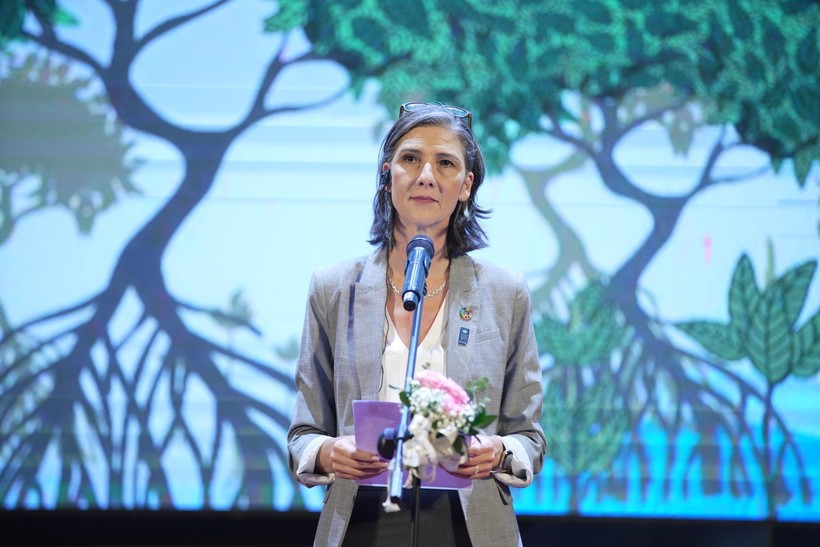






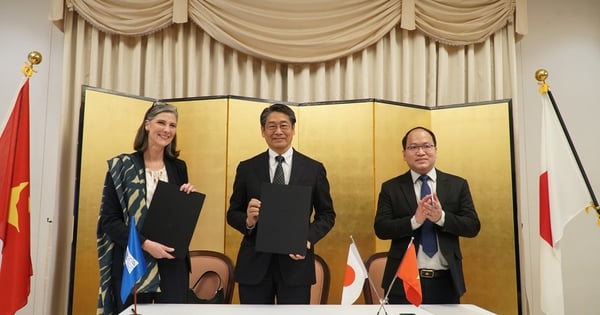

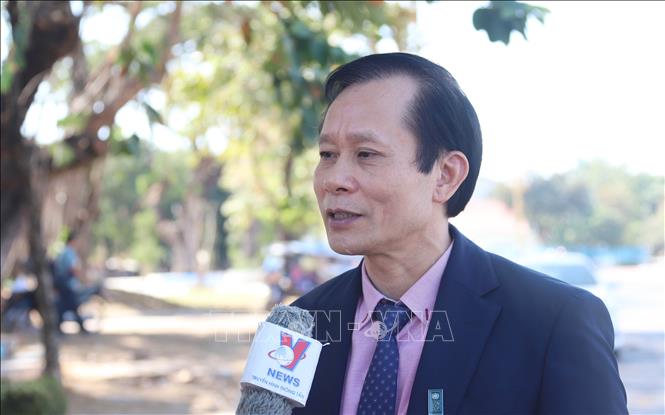

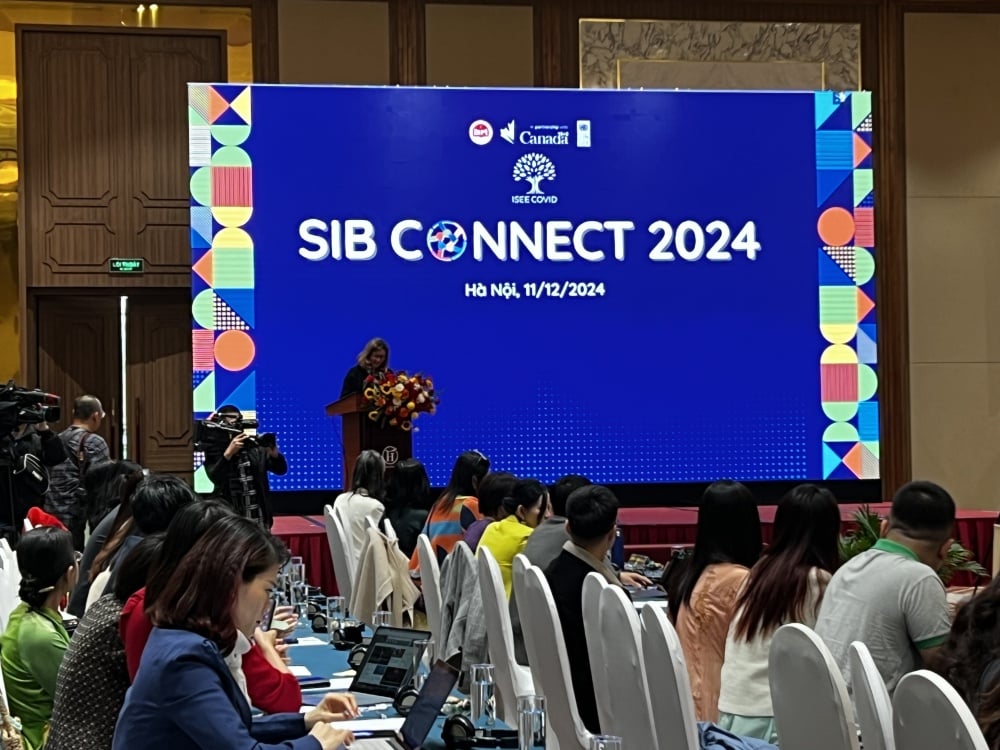
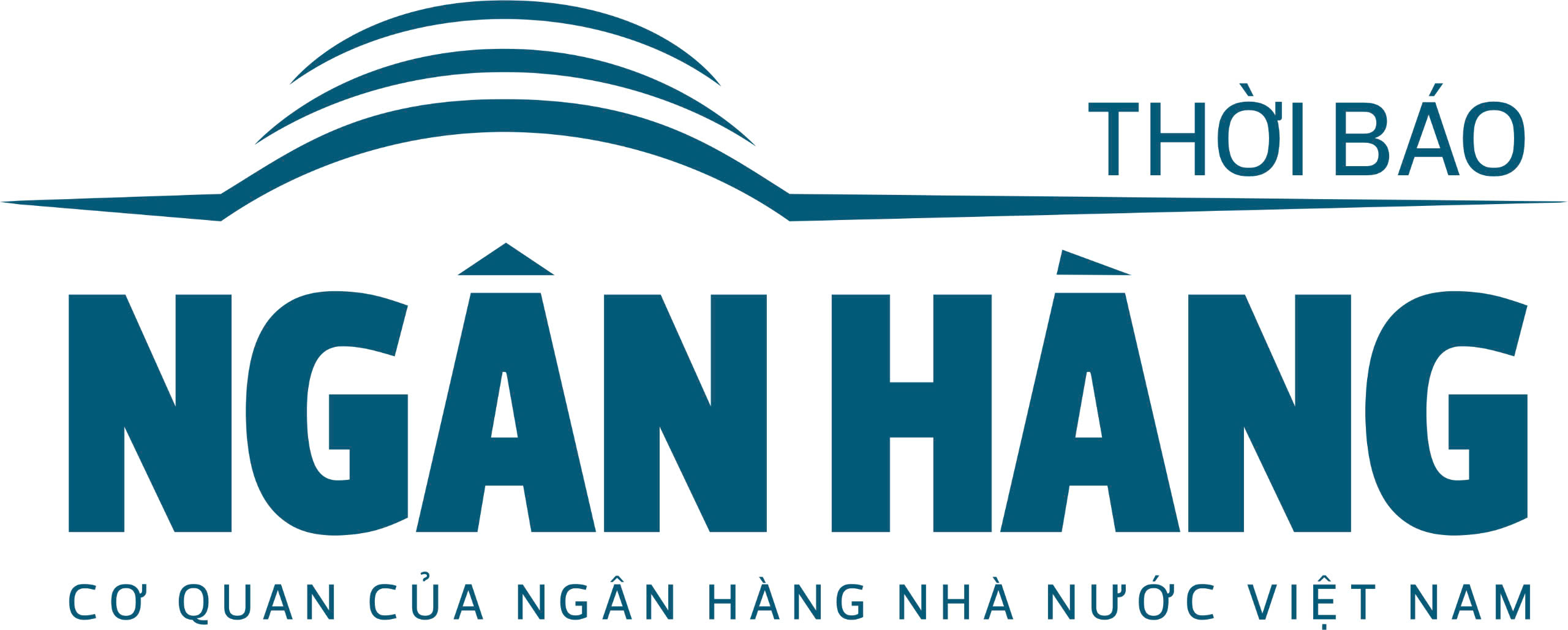
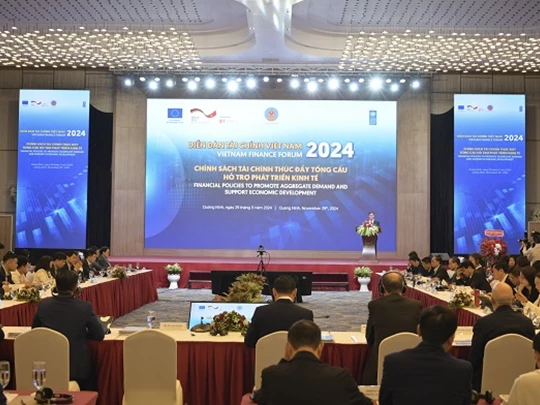

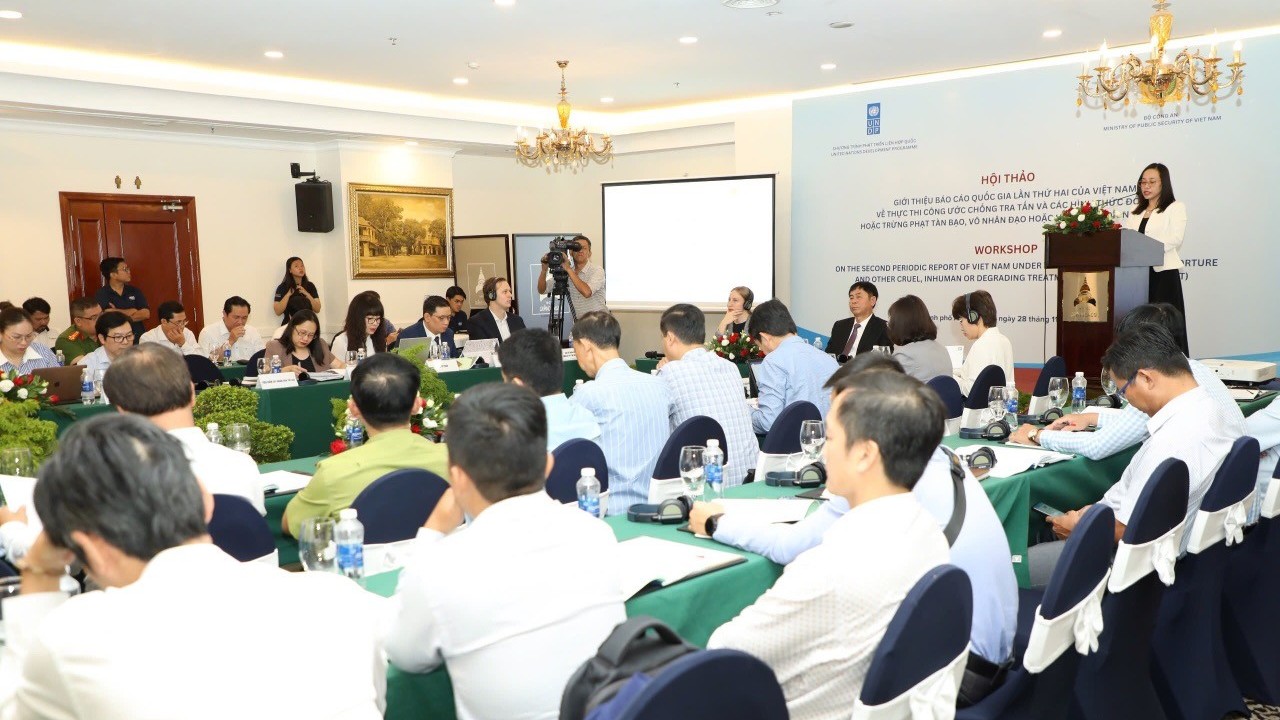

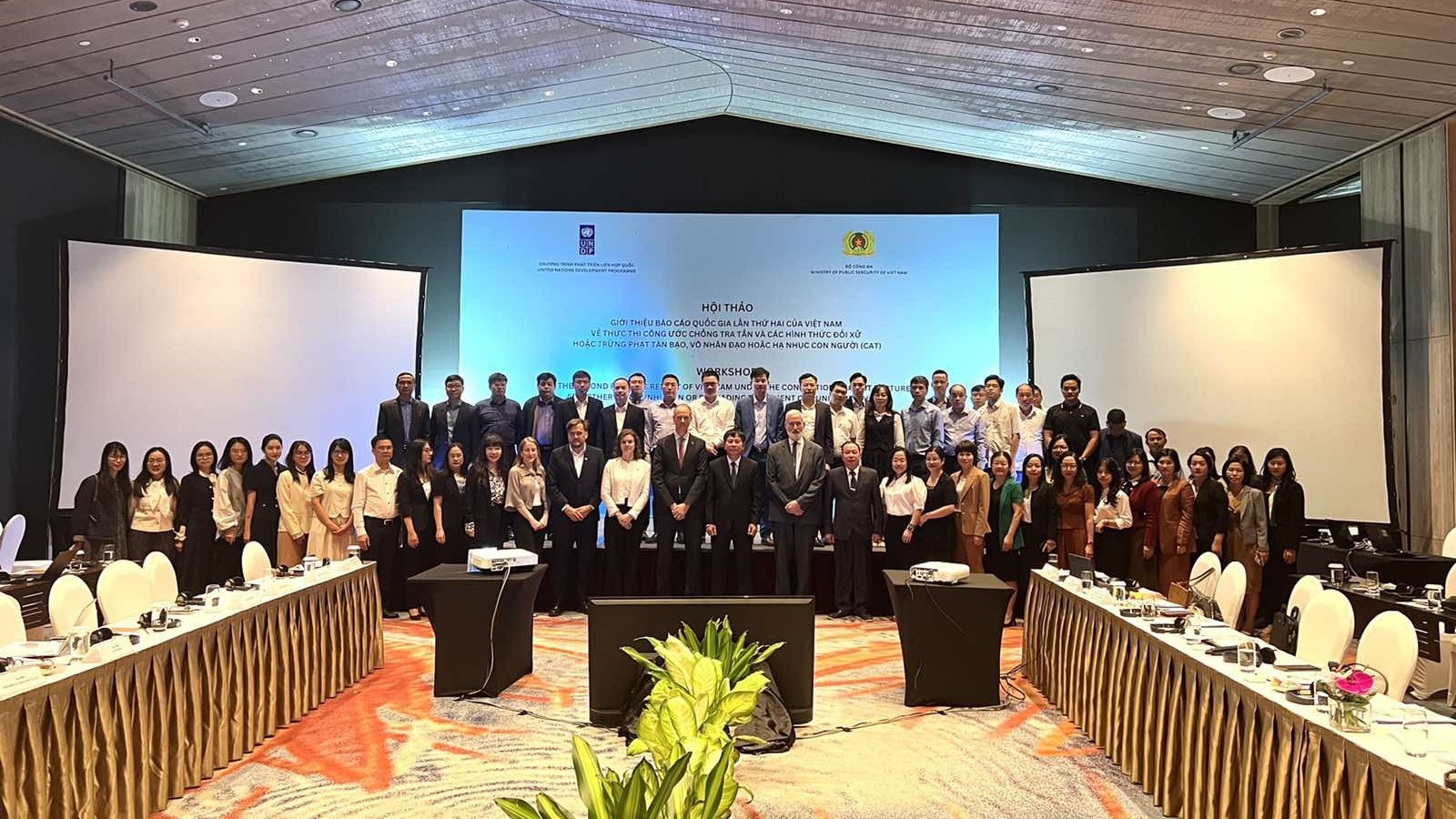


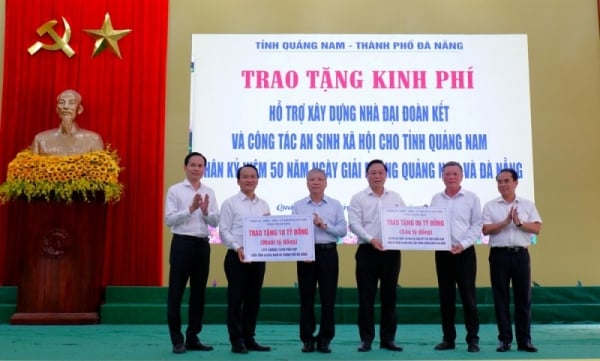

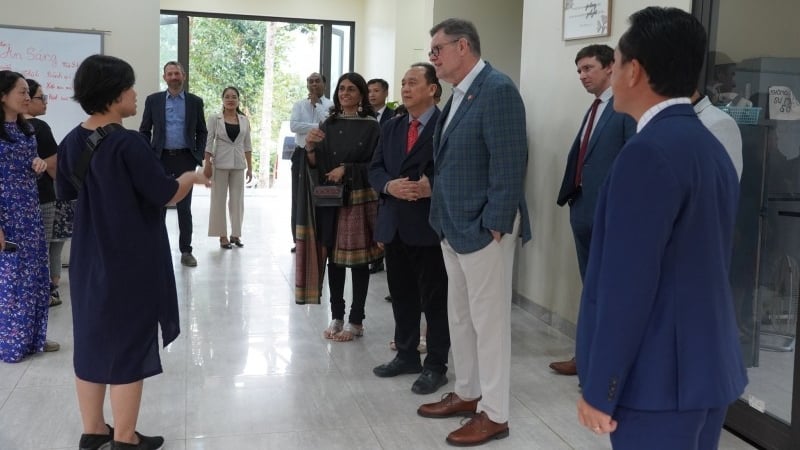
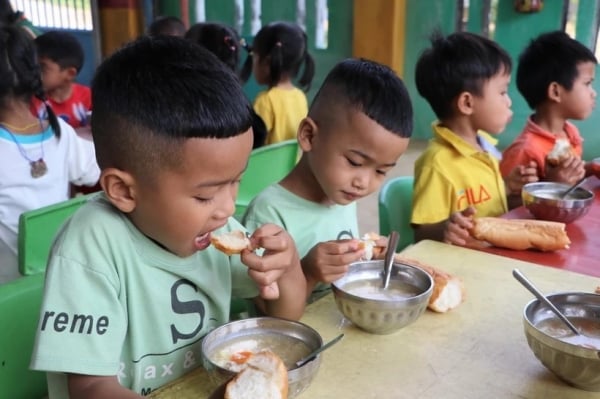
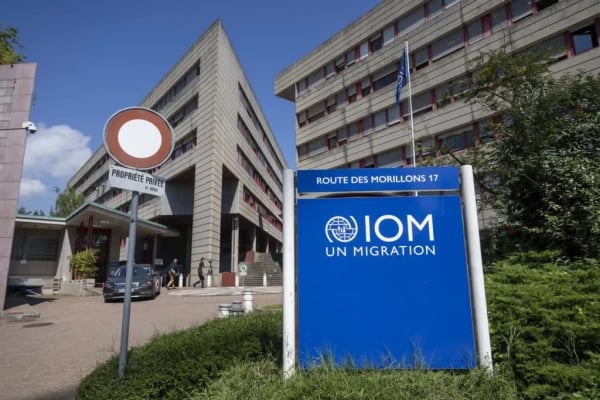



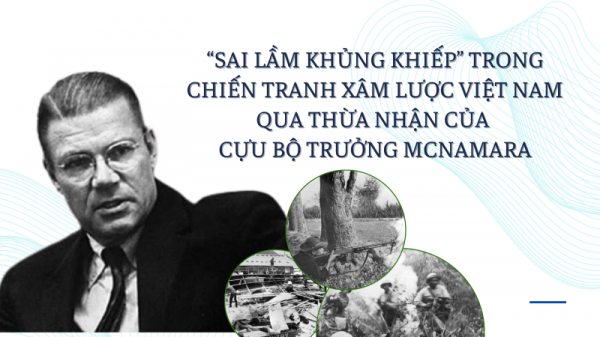
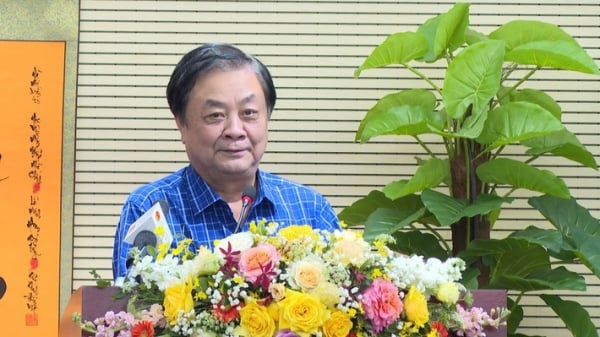
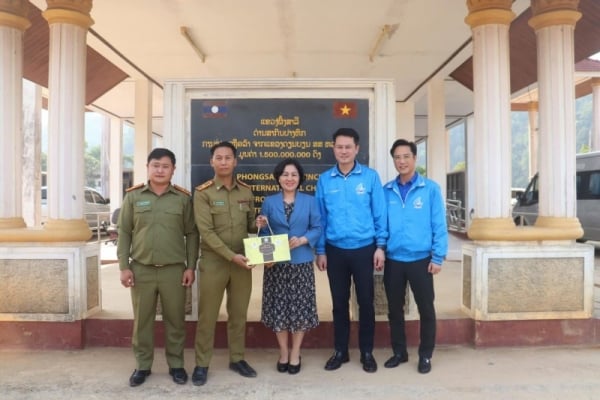
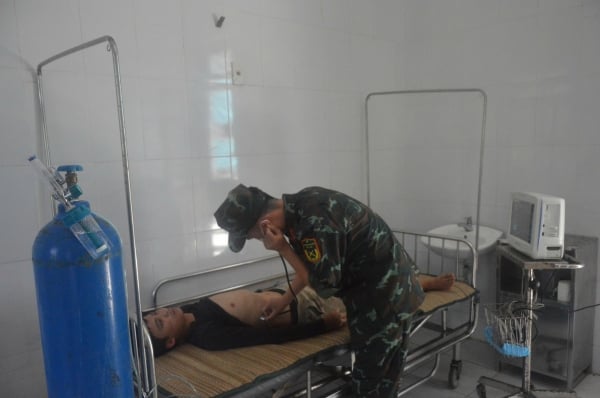

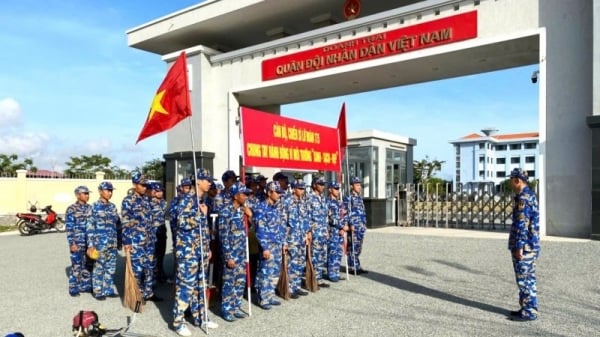



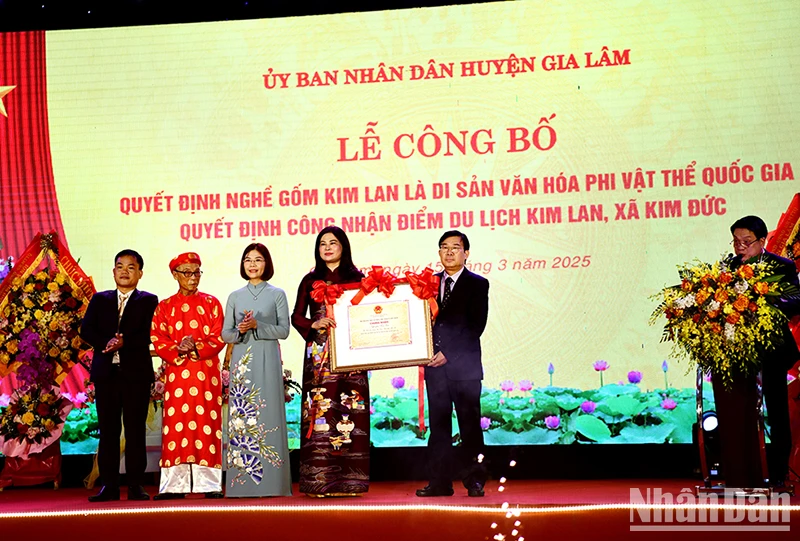


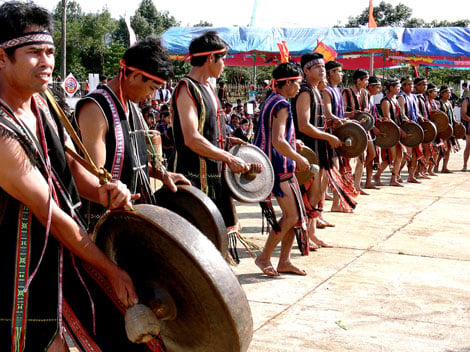





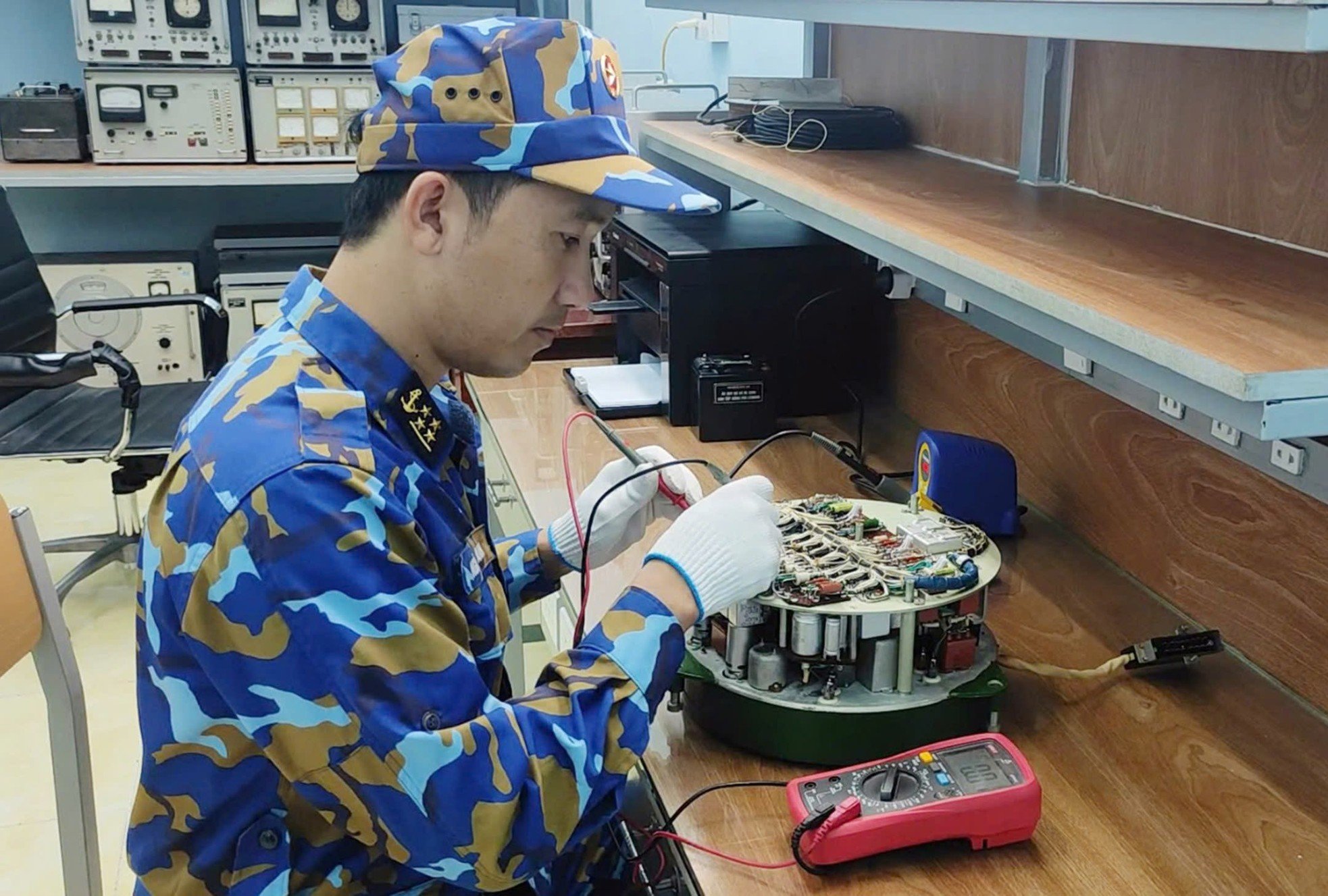






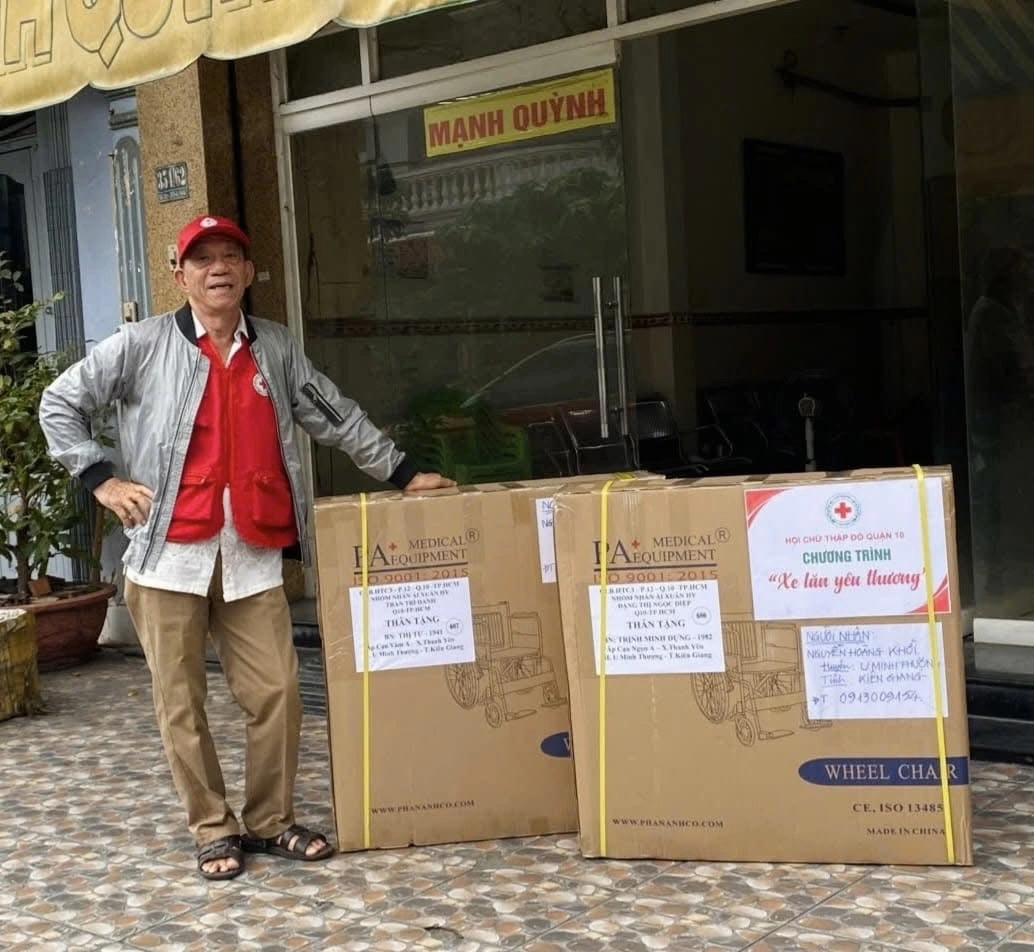













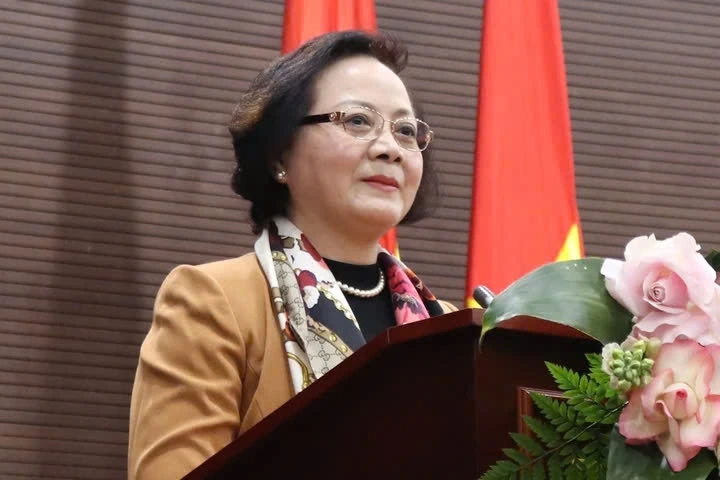



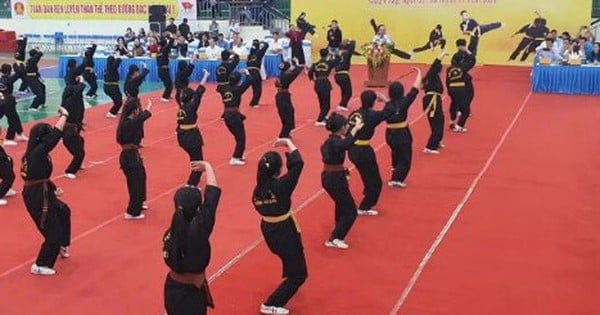


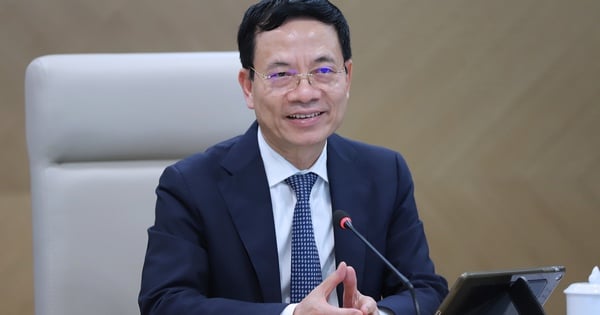








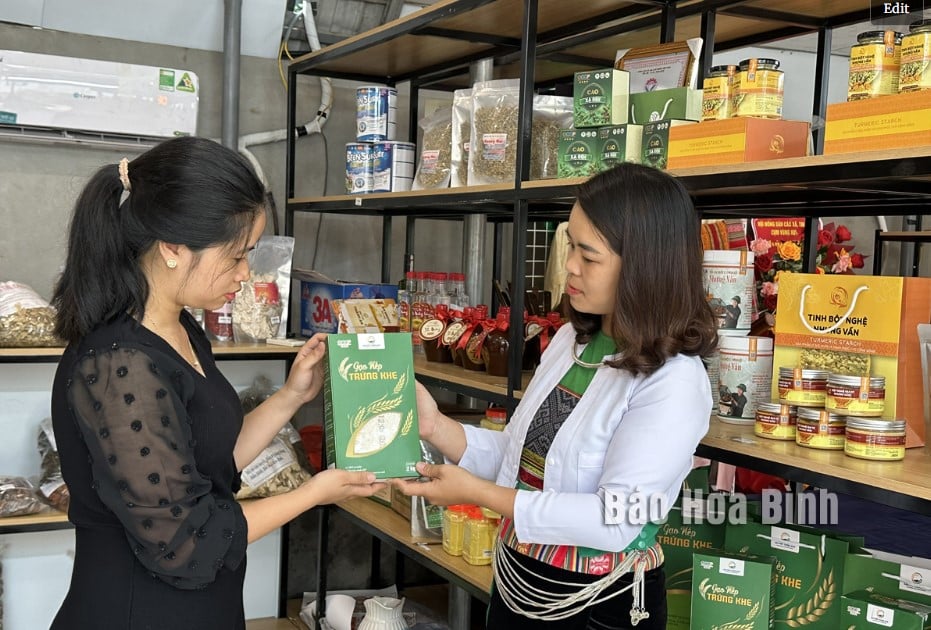

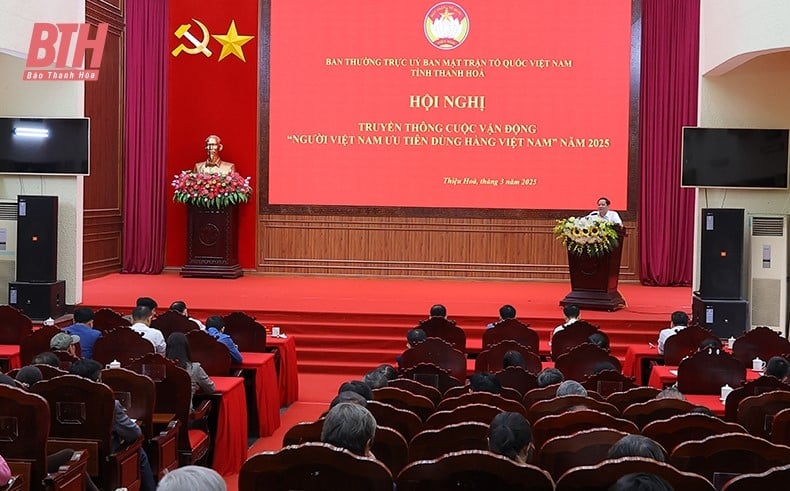

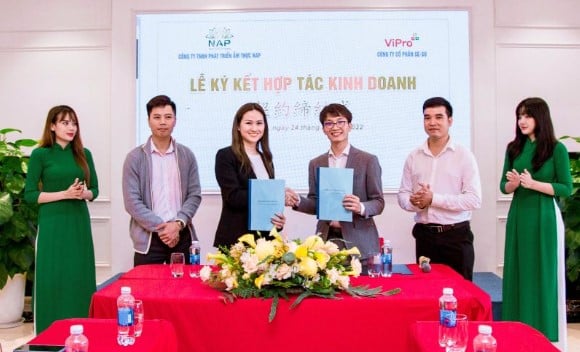



Comment (0)